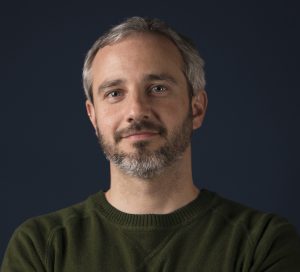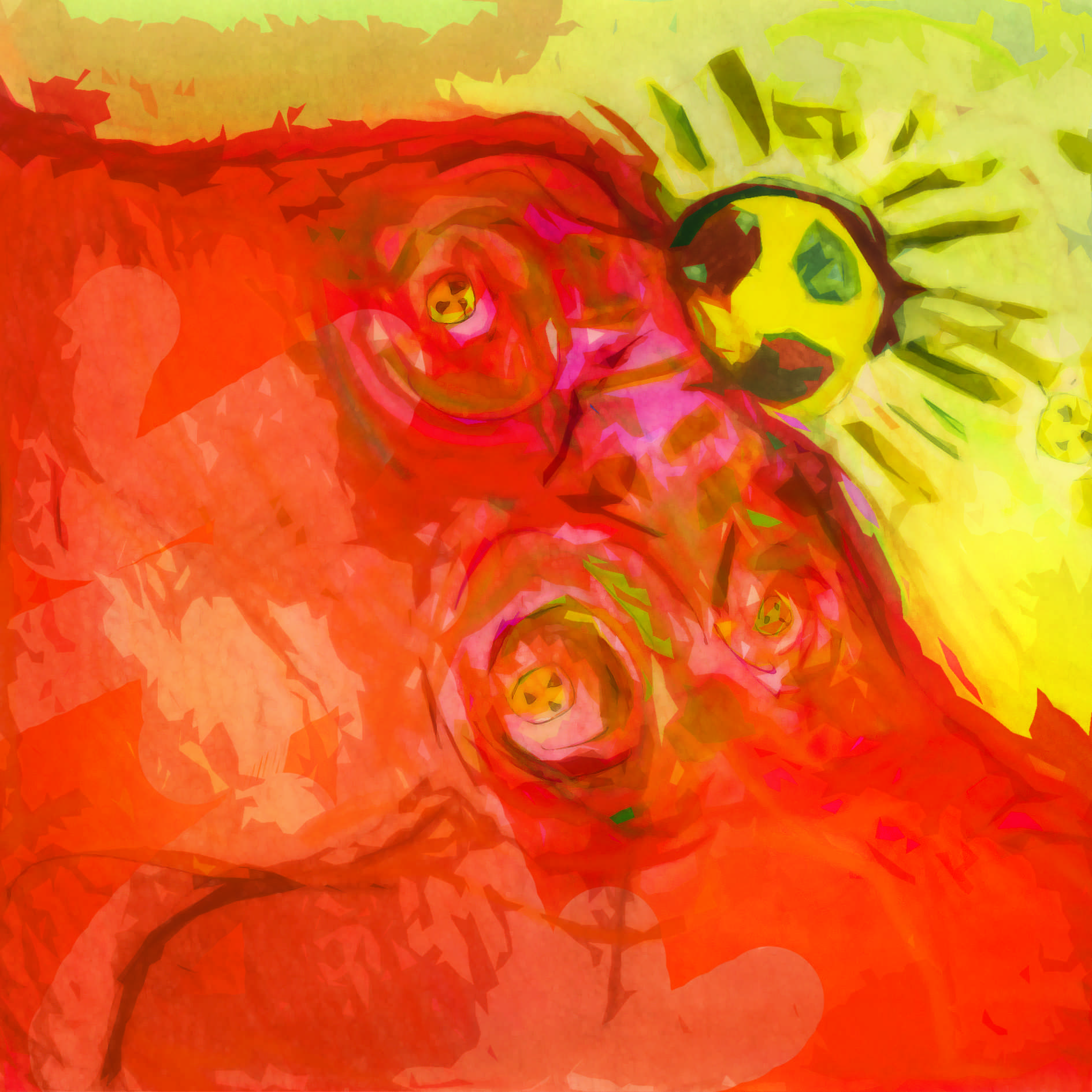
Cryo-Electron Microscopy Made Easier on the Pocketbook
Yale researchers have unveiled a new cryo-electron microscope, able to probe within the structure of proteins.

Yale researchers have unveiled a new cryo-electron microscope, able to probe within the structure of proteins.
Knots have proven useful since the dawn of mankind. Drawing on this as inspiration, Professor David A. Leigh, along with his team at the University of Manchester’s School of Chemistry, synthesized the most complex chemical knot yet, and believe that it holds many promising applications.
Dr. Brian Kobilka has certainly had a successful career in research: he runs a biochemistry lab at Stanford, has published widely in top journals such

A recent study published in Nature Biotechnology by a Yale University team revealed an efficient way for building new classes of biomaterials containing nonstandard amino acids.

Until recently, scientists have known little to none about how cells take in high-energy radioactive materials. This past July, a team led by Rebecca Abergel of the Lawrence Berkeley National Laboratory in collaboration with Roland Strong of the Fred Hutchinson Cancer Research Center discerned a pathway for the cellular uptake of radioactive matter.
New work from the lab of Professor Susan Kaech in the Immunobiology Department has identified a pathway in immune cells required for responding to influenza.
Unexpected events in Cassie Tarleton’s academic career have led her to public health, specifically to serving the health needs of Asian American communities.